by Daniel | Last Updated January 1st, 2022

The past and the present mirror each other in interesting ways. Roman builders and engineers crafted many improvements to roadways throughout Europe. Making a visit to the capital of the Empire was all the rage circa 50 BCE.
These days, traveling to Rome benefits from some advancements over the cart and sandal journey of the past. A proper Rome itinerary requires a lot of walking still, so plan some insoles and be thankful you have the option.
The biggest sites pack in as many people as were alive in their heyday. Over 7 million visitors to the Colosseum per year. It’s a must-see and an excellent starting point.
Regardless of your travel budget and travel time, this itinerary will give you a concise journey across the city. The kind of trip that will leave your friends bummed they didn’t join you.
Rome Itinerary Now!
It doesn’t matter how you arrive or how many days in Rome you expect, making use of your time is key. From the moment you step off the plane, you need to have a plan.
As romantic as the idea of a lost weekend in Rome may seem, we’ll keep you in a ‘you are here’ bubble for this trip. If you need some off-the-beaten-path ideas, maybe that will suffice for a second trip.
This itinerary hits the best sites to make a compact, memorable visit for first-timers. The average cost for a day of play in Rome is $145 a day per person. Attractions and ticket costs go on top of that.
This itinerary suffices as a starter or a long holiday weekend as a Rome-style trip.
Day 1
The first day of your journey starts the Colosseum and ends with St. Peter’s Basilica. In the middle, enjoy longstanding architectural treasures ringed by modern convenience.
Given the density of the schedule and the ability for travel to go awry, always plan your tour times. Aim for a day prior to arrival and plan for midday as your latest trip time. Then, even if things go hours out of whack, you still arrive ahead of your itinerary.
Colosseum
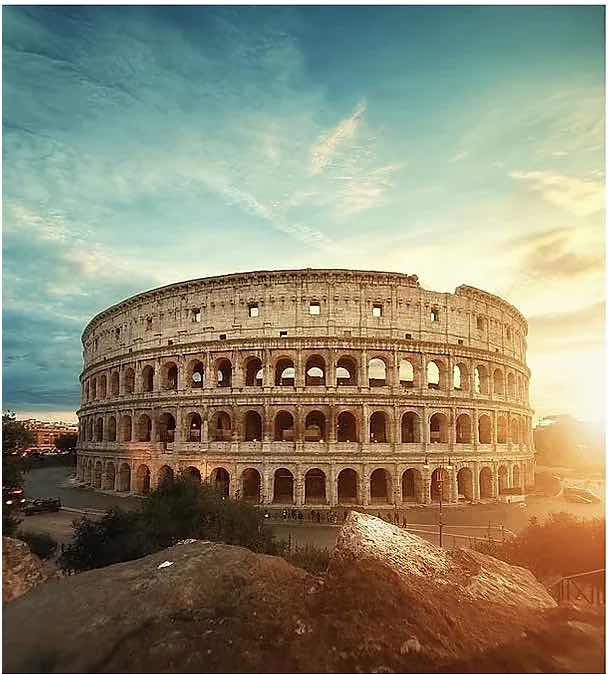
The center of entertainment of the ancient world. The Marvin Gardens of its day. An illustrious history and site of barbarous brutal battles.
What’s not to love?
The Colosseum makes an excellent starting point to a journey through the city because, like any modern stadium, it was a destination. Businesses and other cultural centers sprang up around it.
The Colosseum itself stands as both a pinnacle of achievement in architecture and innovation. The superstructure remains largely intact. However, many of the moving mechanisms that controlled the ground area only exist in descriptions.
The battlefield or pit of the area could be flooded for sea battles, strewn with obstacles for olympiads. Ringed with small inner rooms for combatants of the human and non-human varieties.
The attraction is arguably one of the three biggest in Rome. Fortunately, after 2000 years of visitors, they’ve got it down to a science. Advanced ticket purchases and tour passes can be purchased ahead of time. Pick a day and buy early and you can guarantee an early start to beat the heat.
So as to avoid all those terrible Fellini issues, most Colosseum tickets and passes cover your next two destinations.
Even the most dedicated Colosseum-loving travelers enjoy a trip to the Forum. It has a great view of the exterior.
The significance of the Roman Forum needs no pumping up. This site fed the markets and businesses with throngs of citizens. It was the Time Square of its time and the NY Stock Exchange all in one.
The sprawling location offers visitors the opportunity to imagine the bustle of life in the original city. Marvel at the restoration and recovery work done to unearth this area after it was buried for centuries.
Dozens of partially standing landmarks fill the area. Government buildings, temples, and arches galore to entice your Imperial memory.
Palatine Hill features the legendary (and also historically plausible) place where the founders started the city. Stand where the visionaries Romulus and Remus stood and see what they hoped to create.
The area looks incredible at sunset and sunrise. If you can’t secure a first-of-the-day start at the Colosseum, consider starting here and reversing these first two destinations to fit availability.
Roman Forum and Palatine Hill
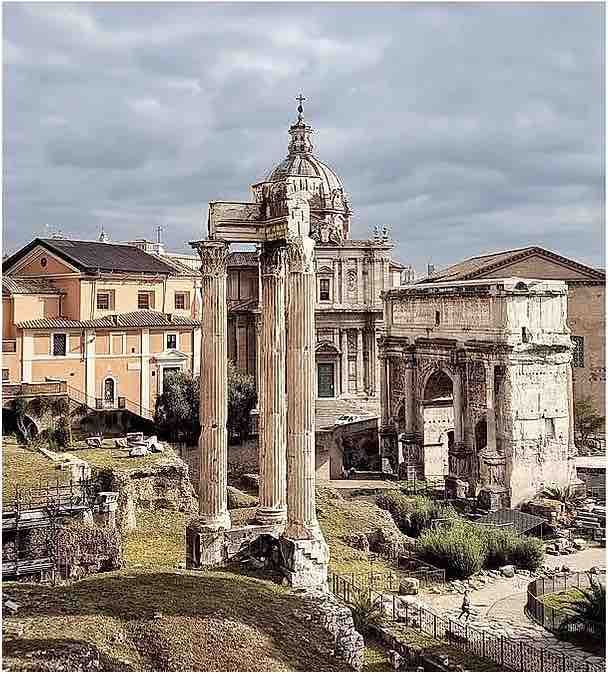
Break for Lunch
Street-facing cafes abound in the center of Rome. Filled with garrulous and supine locals and ex-pats always emoting at the tourists. Take a break, catch a coffee and eat something authentically Italian.
Give your feet and your camera a moment to decompress. You will need all your adventurous spirit to take on the next destination. After all, it’s one of the best and oldest dad joke destinations this side of Four Corners.
Vatican City
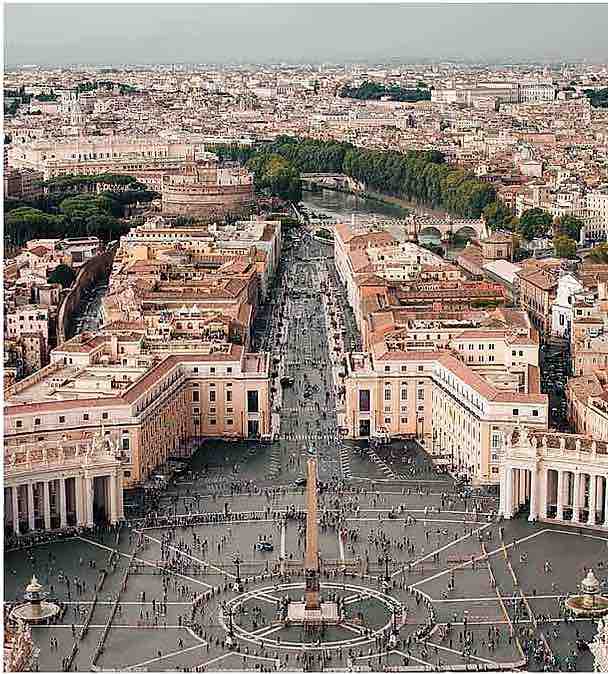
Between the oft-stated fact that Vatican City is its own country, and the home of the Pope, dad’s the world over love to visit The Holy Vatican.
It contains a population of just over 36 full-time residents and a variety of transient staff. Museums, the Sistine Chapel, and a grand plaza filled with bollards greet droves of tourists.
The mid-morning crowd is the largest with late afternoon crowds being the smallest. Arrive after a satisfying lunch and you enjoy shorter waits refreshed and ready to go.
A few hours of quiet reflection of your morning sights and your cafe conversations passes the time. Wait to see the Sistine Chapel or the Vatican Museums, even during the slower seasons is an hour(s) plus event.
St. Peter’s Basilica
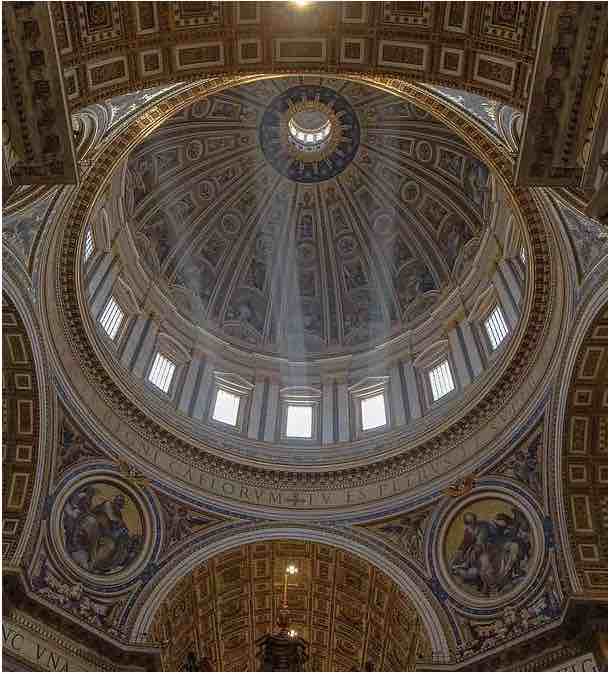
A quick walk from the Vatican, this impressive church contains a claustrophobic dome and a lot of impressive decor.
The line moves quickly here. The Basilica has plenty to see, but it’s also a much larger structure with open spaces, making it easier to fit more people in to see more of it faster.
The view from the dome tops a lot of bucket lists for a reason, it’s rare to find a city laid out so specifically to be seen from a single vantage point.
The Trastevere
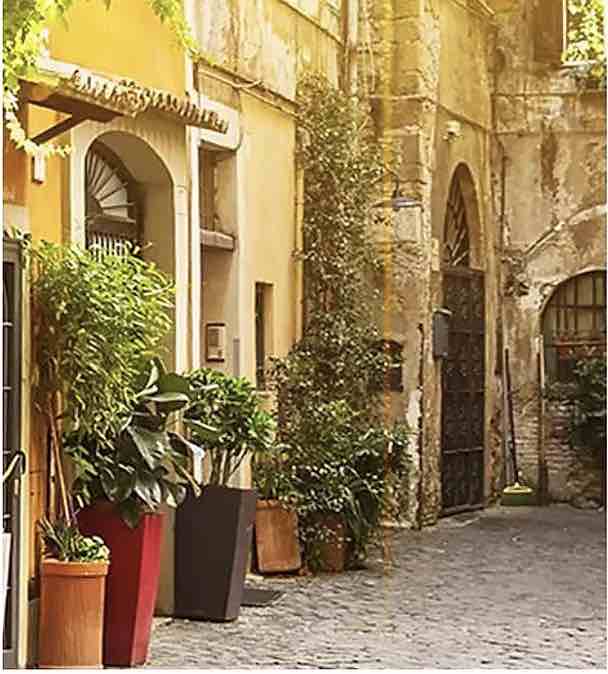
Dinner time means outdoor dining and drinks in a Mediterranean climate with good folks all about.
The Trastevere area feels very Old World. The plaza around it, the Piazza di Santa Maria, offers beautiful scenery and picturesque cobblestones.
Take your pick of restaurants and watch the sun descend a cooling blanket of twilight over the city. Make your way back to your lodgings and sleep away the day’s leg aches, there’s more to come.
Day 2
With the big waits and the big do’s out of the way, day 2 sees a lot of sites as you mill about town.
These attractions have a lot of value and interest, they also tend to be less crowded and require less pre-planning to see.
Start your day with a castle, end your day with a pyramid. Outside of Las Vegas, this’s the only place that lets you do that.
Castel Sant’Angelo
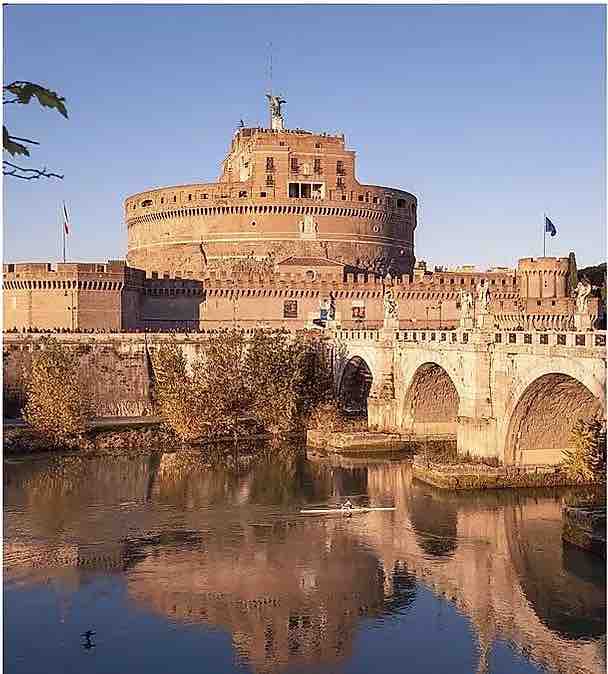
It’s a castle, it’s a mausoleum to Emperor Hadrian and it has a beachfront view. Nestled along a turn in the Tiber River, this structure started life as a tomb for the aforementioned emperor.
A need to defend the tomb, and the area, forced the populace to turn it into a fortress. The fortress grew into a castle and now it functions as a museum. Learn about distinct time periods of Italy from the Roman empire to the modern age while also enjoying the river sounds.
Piazza del Popolo
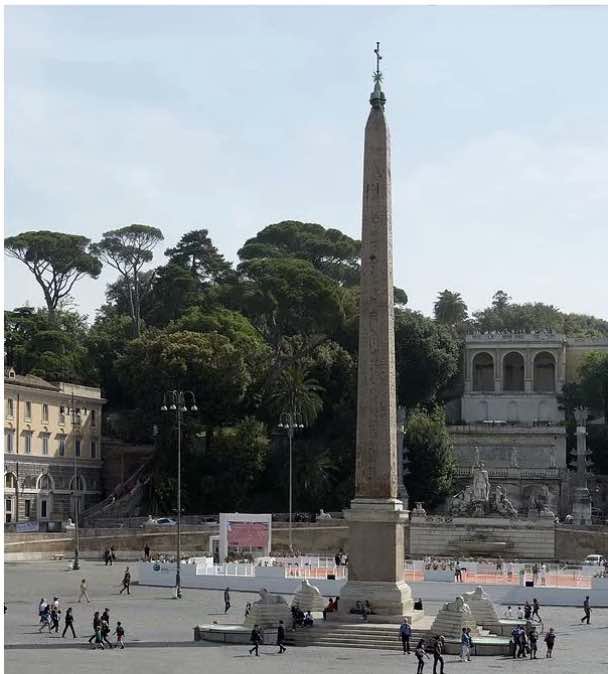
Walk up the Tiber to this plaza at the once northern tip of old Rome. this was where the gate stood. This one spot provided entry to the great city for all travelers for many years.
How many years? Even planes once dropped people on the other side of the gate. Follow the road south and you will arrive at a familiar Egyptian obelisk. It was built in the days of High Egpyt under Ramses II. It was moved to Rome in 10 BCE and then placed in Piazza Venezia around the 16th century.
You may have spotted it from the dome of St. Peter’s Basilica.
While you’re here, check out the Santa Maaria del Miracoli and its sister church Santa Maria in Montesanto. All within a short walk you’ve revisited years of tradition following in the footsteps of two millennia of travelers.
Spanish Steps
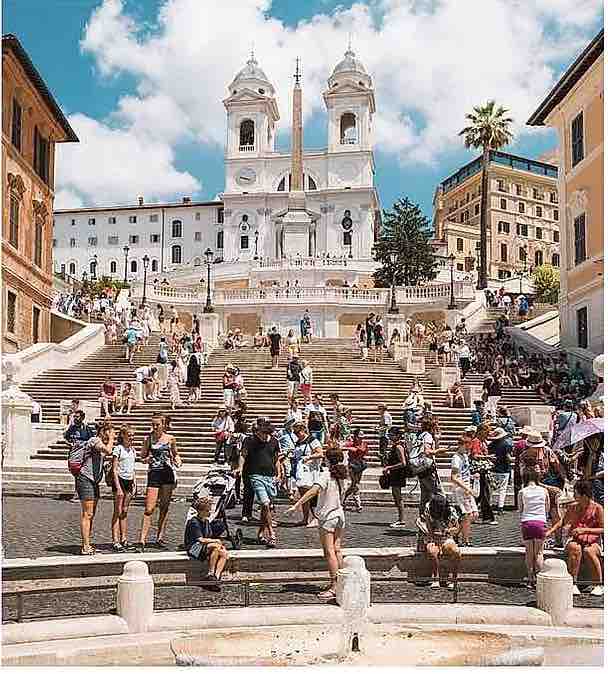
Next up, the perennial favorite Spanish Steps. You arrive at the steps from above following the path through the Villa Borghese Gardens from the Pizza Venezia.
Travel through the Viale della Trinita dei Monti and pop out past another obelisk to the steps themselves.
These picturesque stone stairs linked the Trinita dei Monti to the Spanish Embassy. Take a few Audree-inspired shots as you make your second (and last) Felini inspired stop on this tour.
Lunch at La Buvette
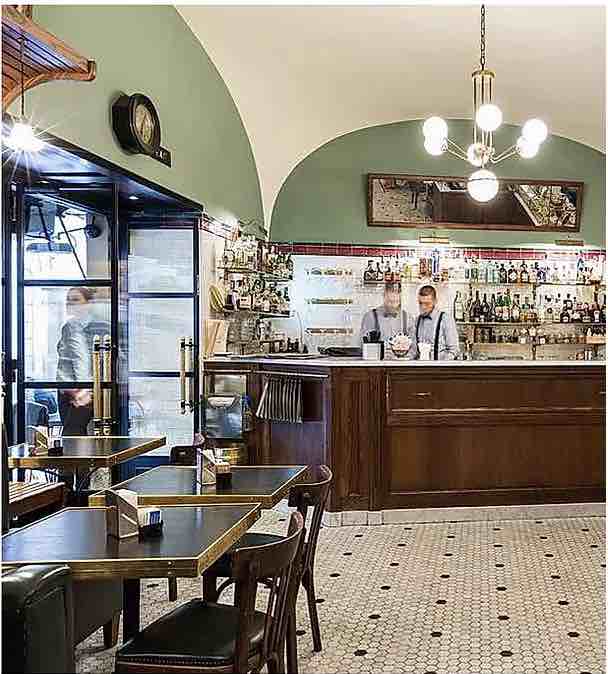
Drift north of the Spanish Steps to get yourself some lunch at La Buvette. This restaurant in the top five percent of roman eateries makes an excellent stop at this stage on a walking tour.
While you eat, take a gander at the many shops nearby. For those fashion-minded and souvenier-minded, this is a great place to wander and pick up a few things while you make your way ever southward to your next destination.
The Pantheon
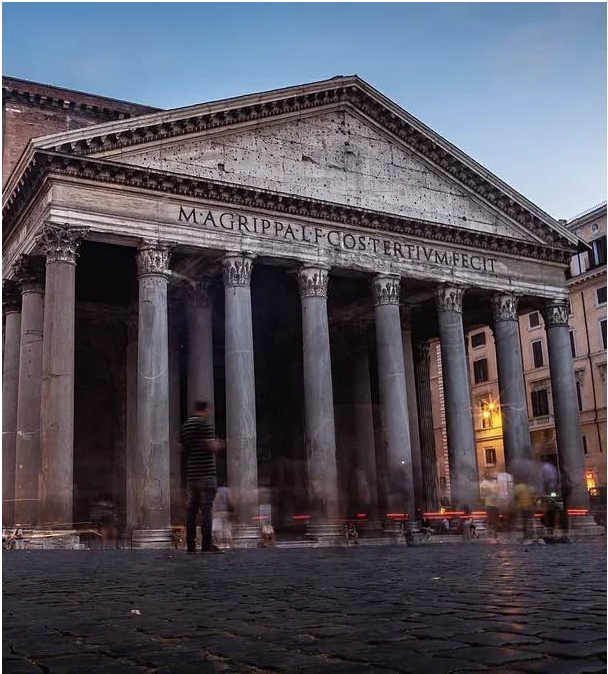
Continuing your walk a day in the life of an ancient traveler’s journey takes you to the Pantheon. The most intact building of modern Rome makes time travel seem possible.
This one-time temple, one-time church now serves as an engrossing attraction. It also serves as the grave for Renanisance panter and best ninja turtle, Raphael.
The Pantheon also contains the world’s large concrete dome with no reinforcement. That it’s stood for 200 decades almost isn’t impressive in comparison to its size in the first place.
Trevi Fountain
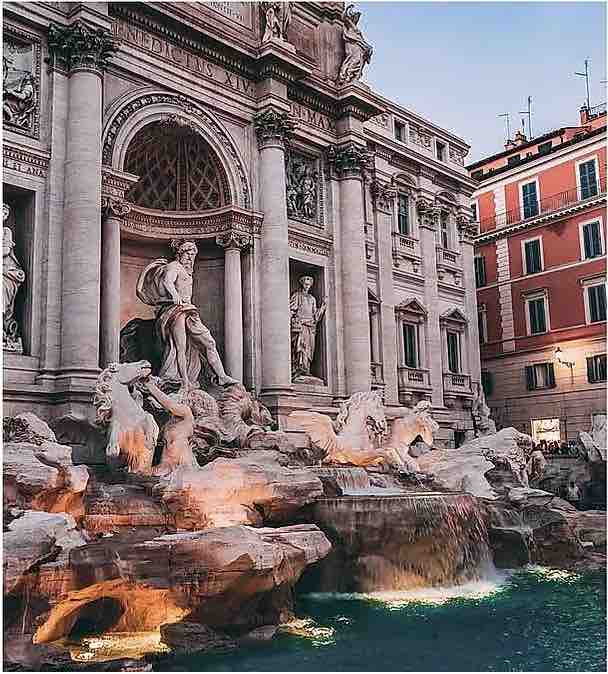
Despite our bravado, we’ve taken you into the vicinity, you might as well at least walk by the Trevi Fountain. It’s on the way, after all.
Especially after the 2014 reconstruction which cleaned up some of the facades around it, the fountain is glorious. Majestic no matter the time of day, the underwater lighting in the evening and night lends an ethereal glow.
It’s enormous, it’s Baroque, it collects over three thousand Euro each day. After some contention in early 2019, the Roman utility company ACEA now collects the funds each day. The coins are still donated to Caritas, a charity.
Pyramid of Caius Cestius
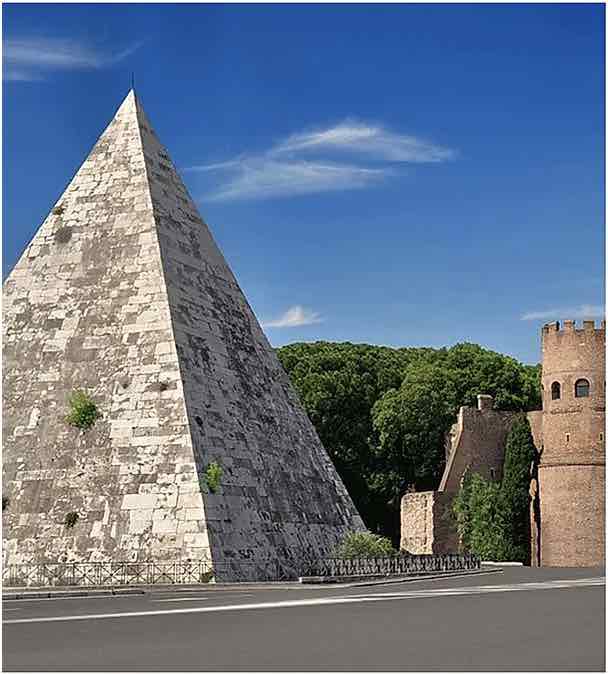
If you have more time in Rome, there’s a whole set of cemeteries and catacombs to visit. A lot of people lived and died in Rome over the years and many lay in special mausoleums and tombs around the area.
This 36-meter tall pyramid is a rarity even in that grouping. The tomb, while bearing the name Caius Cestius was looted and no longer keeps its original contents.
The pyramid is the only of its kind in Europe. Romans built it shortly after the conquest of Egypt, that time with Ptolemy and Cleopatra you may have heard about.
The pyramid took only 300 days to build and was completed somewhere around 12 BCE. Marble comprises its outer surface.
One of the more interesting features of the pyramid is that part of it was incorporated into part of the Aurelian Walls.
Onward
With the pyramid behind you, day two comes to a close. You have enough time to catch some nightlife or an early flight to red-eye yourself back to work Monday morning.
If you stay longer, there’s always more to see. If you must go, at least you came, saw, and went.
Get packing
Unlike the travelers making their way to ancient Rome, you don’t have to dodge any barbarians on the way. Our Rome itinerary is guaranteed barbarian-free, with no Gauls, Vandals, or Pitts to be found (mostly as they don’t exist).
The comforts of the modern age don’t end with barbarian avoidance. Consider taking your trip with confidence and the ability to adapt through the precise acquisition of luggage. You’re never so comfortable as when you know where everything is.
